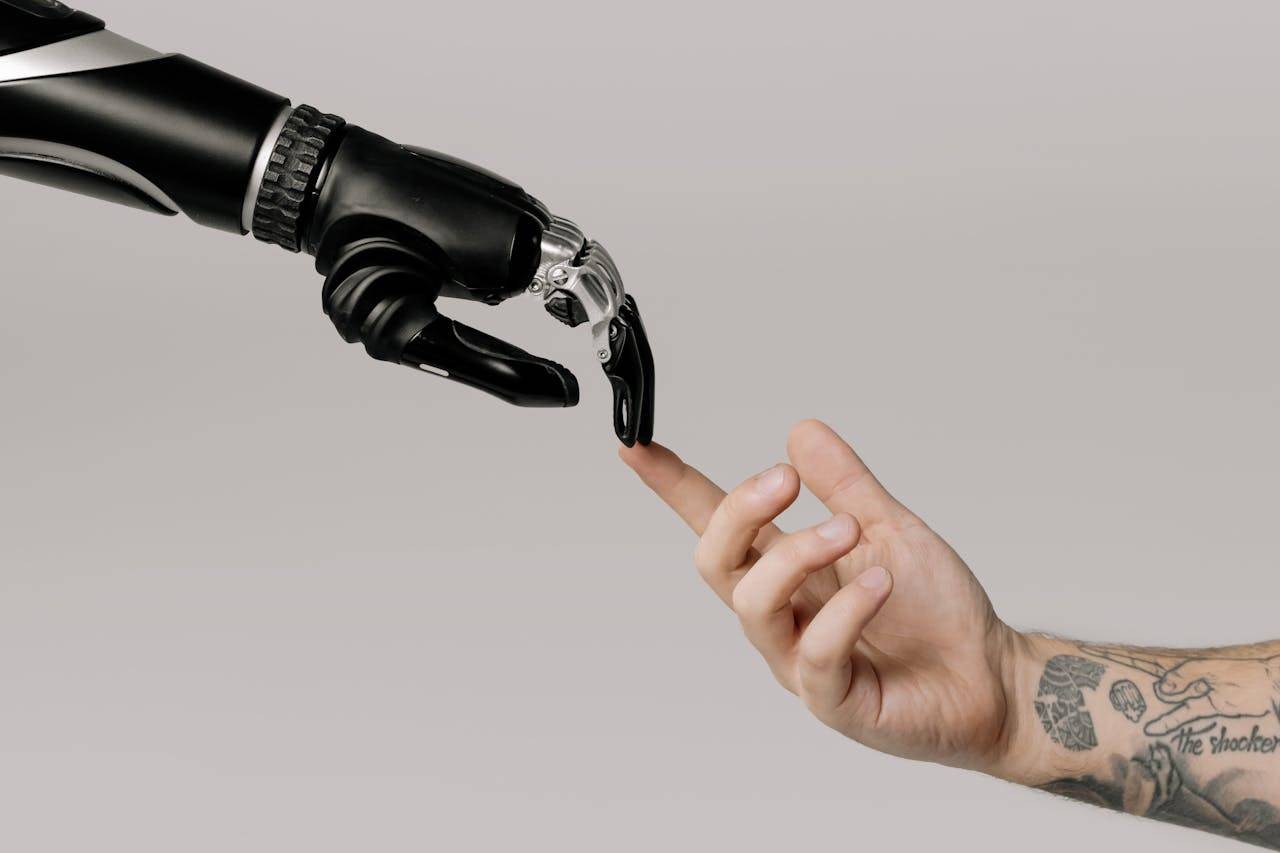Once considered the stuff of sci-fi, AI is now present in every aspect of our day-to-day existence. Our writer takes on differing views of how AI is impacting the motive sector.
By Zachary Perlmutter
Artificial Intelligence (AI) has been a controversial theme in Science Fiction and Fantasy novels for decades, complete with arguments for- and- against its existence, and we have both loved and hated those stories. Now that we’re starting to see inklings of that debate trickle down into the real world, it’s become hotly debated in many fields. Whether it’s searching for quick references online, advanced medicine or engineering, AI, like it or not, is here to stay. In fact, so much of its use remains largely unknown to the average individual, and this includes in the trucking industry in Canada. And with the different ways in which it’s impacting our daily lives, we don’t know how AI will change the way society operates in the coming years.
Perhaps the most recognizable way AI is impacting the trucking industry is in the area of self-driving cars and trucks. The idea of a self-driving vehicle isn’t anything new, especially since Google has been using them to map out streets for years, though the thought of a self-driving truck delivering goods is still being tinkered with. In a December 11th, 2024 article from LoadStop titled “Smart Trucking 101: How AI Trucking in Transportation is Transforming”, the authors compare self-driving trucks to the infamous robots in the Transformers franchise, arguing that many of the features present in those characters are ones that the trucking industry is currently facing head on. The article talks about AI drivers, the making of licensing and scheduling of human drivers less tedious, and potentially making human drivers obsolete. It’s a scary notion to think that a person’s job can be taken over by an automaton of any kind, but considering the advances in AI’s efficiency over the past few years this isn’t so farfetched anymore.
The downside to self-driving trucks comes from the lack of human thought. It’s easy to mock human intellect, and it’s not always unwarranted, but a thinking, computing human brain can still differentiate the complex nuances of real driving that AI currently can’t, potentially leading to tragic accidents. An example involves a motorcyclist being killed by a Tesla in Washington State in April of 2024. Car crashes, unfortunately, have been around for as long as cars have existed, and this includes motorcycles as well, but The National Health and Transportation Safety Association, or NHTSA, had concluded that the Tesla was unable to “see” the cyclist until he was hit by the car. (Ironically, said driver was arrested a few days later for texting while driving on autopilot.) A human pair of eyes has a better chance of seeing and preventing this sort of accident from happening, hence the concern.
An area where AI can be useful is in manufacturing trucks. Much like current assembly lines, which utilize automated machines in conjunction with humans, AI can help cut down on the production time of trucks by a significant amount. This is something that’s been boasted in Volvo Group’s November 28th 2024 article. In this piece, senior researcher Per-Lage Götvall references the company’s “hybrid model” of AI creating parts while overseen by humans. This is a really clever solution for the challenge of AI oversight, especially since machines are only as efficient as the people creating them. And given the Tesla collision, it’s not unreasonable to make the link here with production assembly accidents as well.
But perhaps the most important area where AI can demonstrate usefulness is in product transactions. This includes not only product recommendations, something websites like Amazon and Walmart already do, but also customer service. Fielding conversations from angry or dissatisfied purchasers can be exhausting, and call centers are often flooded with demands that can’t be met by human representatives alone. It’s a tough balancing act, especially since speaking with a real human is still preferable to conversing with a chatbot. However, since organizations like The License Appeals Tribunal (LAT), and others like automotive dealers, are considering using AI to ease case backlogs, having chatbots for customer service could be potentially time-and-cost-saving. The challenge will be knowing when it’s appropriate to use it over a real person.
Even with reducing the stress for human customer service reps with chatbots, the lack of direct human guidance can be a serious obstacle because AI doesn’t discern reason from operating logic. This can be seen in the famous case involving the 2024 legal case known as Moffat v. Air Canada, where the latter was sued for using a chatbot that contradicted the airline’s policy on bereavement fares. There’s also the more recent scenario involving a teenager who died by suicide after interacting with an AI-generative app, leading to yet another lawsuit. Trucking and other automotive customer support personnel may also encounter ethical concerns down the line as well, and it’ll be up to AI programmers to factor this into their software.
Ultimately, it’s worth remembering that AI, like any technology, is merely a tool. And like any other tool, it needs to be guided by human hands to prevent mistakes and issues creeping in. Like the CGI boom of the 1990s in Hollywood, where artists were still getting the hang of this new technology in moviemaking, AI is a new concept with as much potential as pitfalls. This is especially true of an industry like trucking, where a simple mistake from AI can lead to financial losses and, more significantly, human casualties. It’s up to human hands, therefore, to make sure that AI technology is implemented responsibly.

